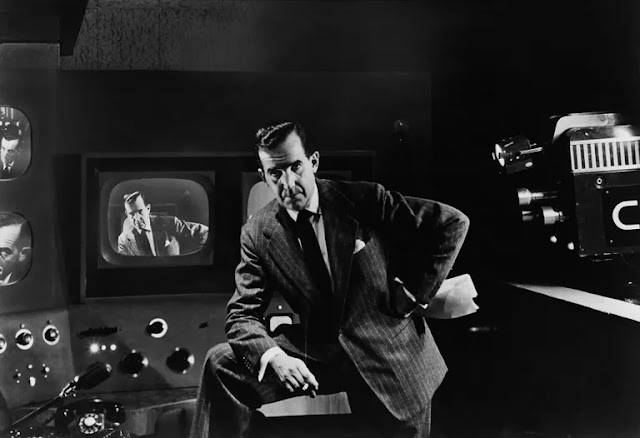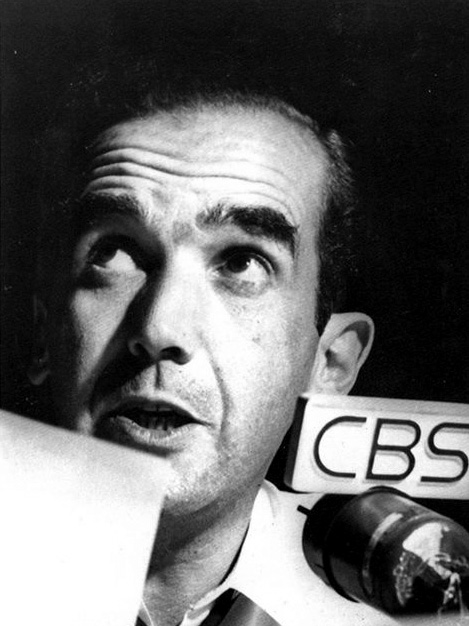Edward R Murrow Home

Newsman. It evokes a certain image. Often a war correspondent writing his observations from a foxhole or a man in a trench coat and fedora with a cigarette dangling from his lips as he writes at an old-fashioned typewriter. Edward R. Murrow was just such a newsman. He was there at the very beginning of World War Two, he was there for the beginning of the television, he was there for the beginning of huge societal changes. From humble beginnings to the heights of network news, Murrow was the epitome of the American Dream. He rubbed shoulders with presidents and with privates. He saw the horrors of war and words failed him. You can hear Murrow’s show, I Can Hear It Now, and much more on the Murrow Collection . It is a fascinating to look into history and the evolution of network news.



